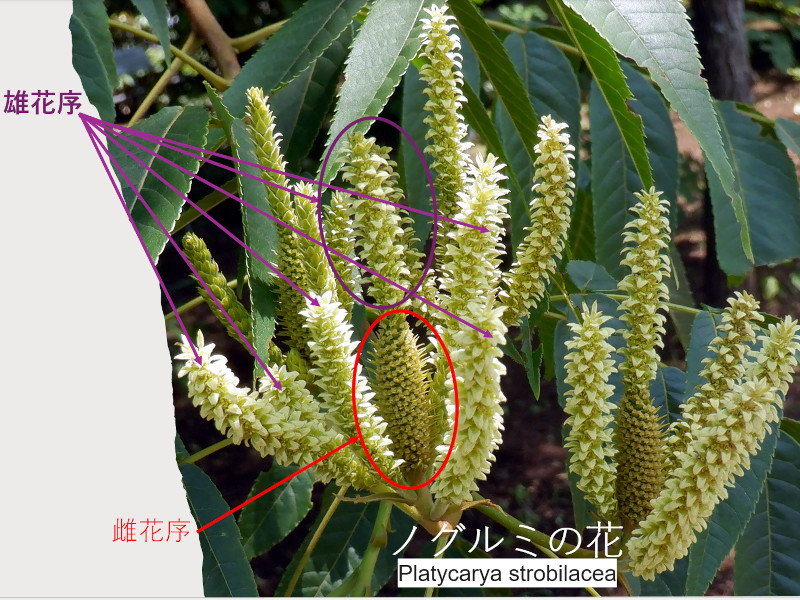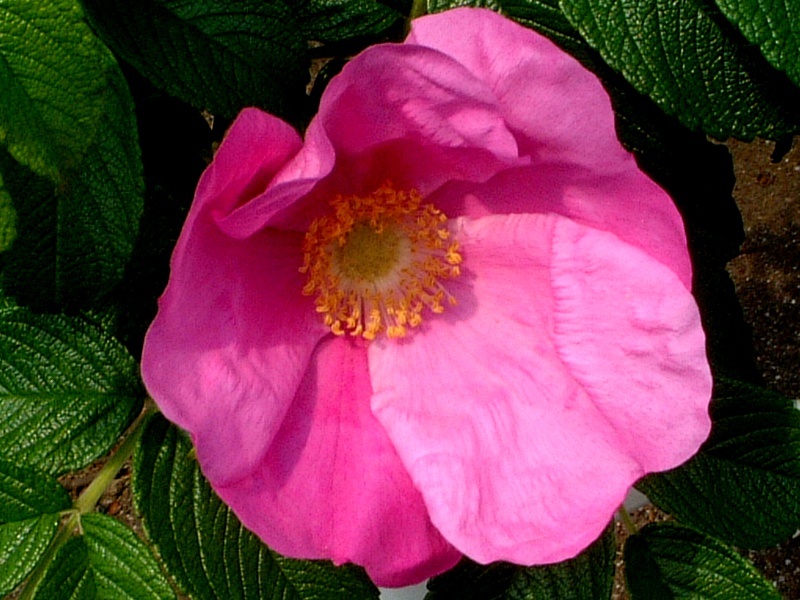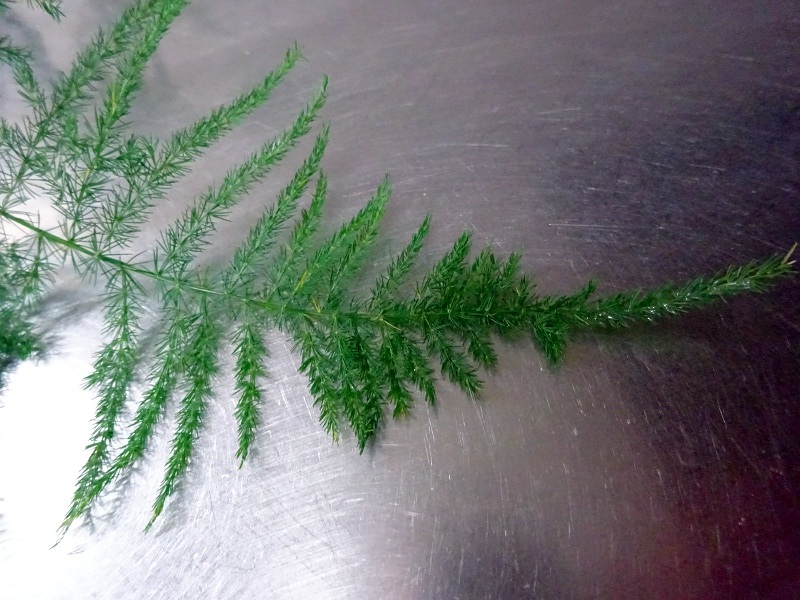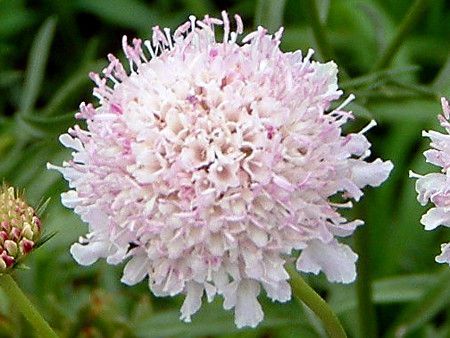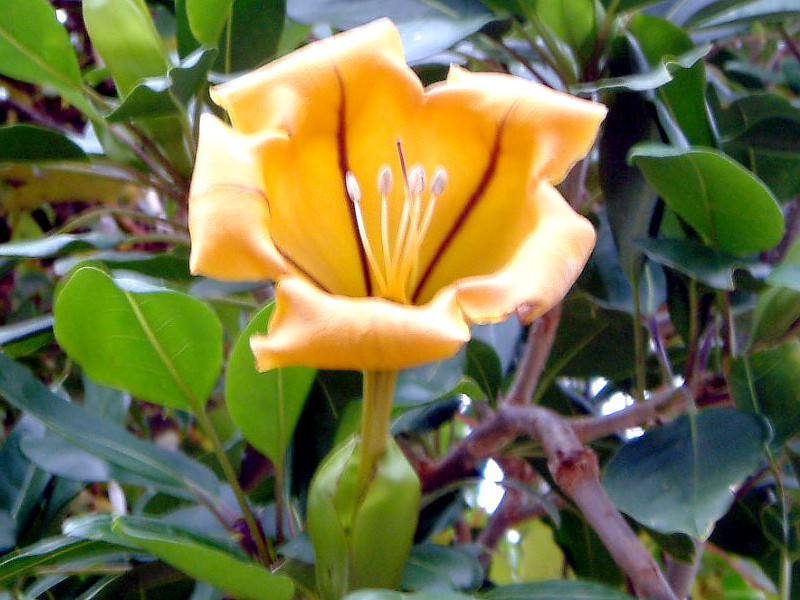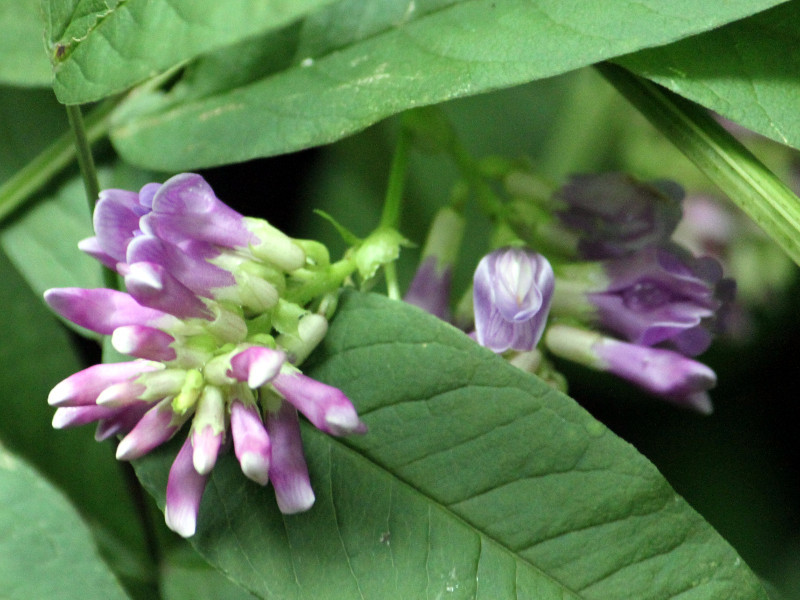Nogurumi
- Flower nameNogurumi
- Scientific namePlatycarya strobilacea
- Alias野胡桃, 化香樹, 放香樹, のぐるみ, nogurumi, プラティカリヤ・ストロビラセア
- Place of originEast Asia, including China, Vietnam, Korea, and Japan
- Place of floweringLow mountains
- Flowering seasonMay, June
What is Nogurumi
Nogurumi (Platycarya strobilacea) is a deciduous broad-leaved tall tree of the walnut family, native to East Asia, including China, Vietnam, Korea, and Japan. It is also known by the names "Huaxiangshu" or "Fangxiangshu" in Chinese. In Japan, it grows naturally in sunny, well-drained steep slopes in warm mountainous regions from the Tokai region of Honshu to Shikoku and Kyushu. Unlike the Japanese walnut (Juglans mandshurica var. sachalinensis), its fruit is not edible.
The tree trunk is upright, reaching about 15 meters in height and 60 centimeters in diameter, with blackish-brown bark that cracks vertically. The leaves are large, glabrous, and odd-pinnate compound, with a leaf blade length of 15-30 cm. Each leaf consists of 7-15 leaflets, which are 3-11 cm long and 1.5-3.5 cm wide, alternately arranged and clustered at the ends of the branches.
Nogurumi is monoecious, meaning it has both male and female flowers on the same plant. It blooms from June to July, with female inflorescences 2-15 cm long growing on new branches, surrounded by 5-6 pale yellow male inflorescences that are 2.5-5 cm long. The male flowers have 6-10 stamens, while the female flowers have one ovary each.
The fruit is an elliptical dark brown nut about 4 cm long, with many hard, pointed bracts arranged at the tip. Inside these bracts are small winged nuts that are dispersed by the wind.
Nogurumi wood is used for construction, wooden tools such as geta (traditional Japanese sandals), matches, and new charcoal materials. The nuts and bark are used as dye, and the branches are used as fish poison.
Name Origin
The name "Nogurumi" comes from its resemblance to walnuts like the Japanese walnut, and its presence in the wild. The genus name "Platycarya" is derived from "Platy" (flat or plate-like) and "carya" (nut), referring to its plate-like fruit. The species name "strobilacea" means "cone-like."
Common Name: Nogurumi (野胡桃)
Scientific Name: Platycarya strobilacea (Platycarya strobilacea)
Other Names: "Huaxiangshu," "Fangxiangshu" (substitute for agarwood)
Classification: Kingdom Plantae, Angiosperms, Eudicots, Order Fagales, Family Juglandaceae, Genus Platycarya, Species P. strobilacea
Distribution: East Asia - China, Vietnam, Korea, Japan
Habitat Distribution in Japan: From Tokai region of Honshu to Shikoku and Kyushu
Habitat: Sunny valleys in mountains and fields
Life Form: Deciduous broad-leaved tall tree
Tree Height: 10-20 meters
Diameter: 60 cm
Bark: Blackish-brown, vertically fissured
Trunk: Upright
Leaf Shape: Odd-pinnate compound leaves
Leaf Length: 15-30 cm
Leaflets: Lanceolate, 7-15 leaflets per leaf, 3-11 cm long, 1.5-3.5 cm wide, serrated margins, alternate arrangement, clustered at branch ends, glabrous
Monoecious
Blooming Period: June to July
Inflorescence Type: Spike-like inflorescences, flowers without petals and sepals
Male Flowers: 2-15 cm long, 6-10 stamens
Female Flowers: 4-10 cm long, 1 ovary
Fruits: Not edible, hard woody dark brown ellipsoidal, resembling conifer cones, 3-4 cm long
Fruit Cones: Arranged with lanceolate, sharp hard bracts containing small winged nuts inside
Dispersal: Wind-dispersed seeds with wings
Uses: Wood is used for construction materials and wooden goods such as geta (traditional Japanese sandals), matches, new charcoal materials, shiitake mushroom logs; bark is used for tanning leather; branches are used as fish poison; cones are used as a source of yellow tannin.
■Related pages
Platycarya strobilacea、





